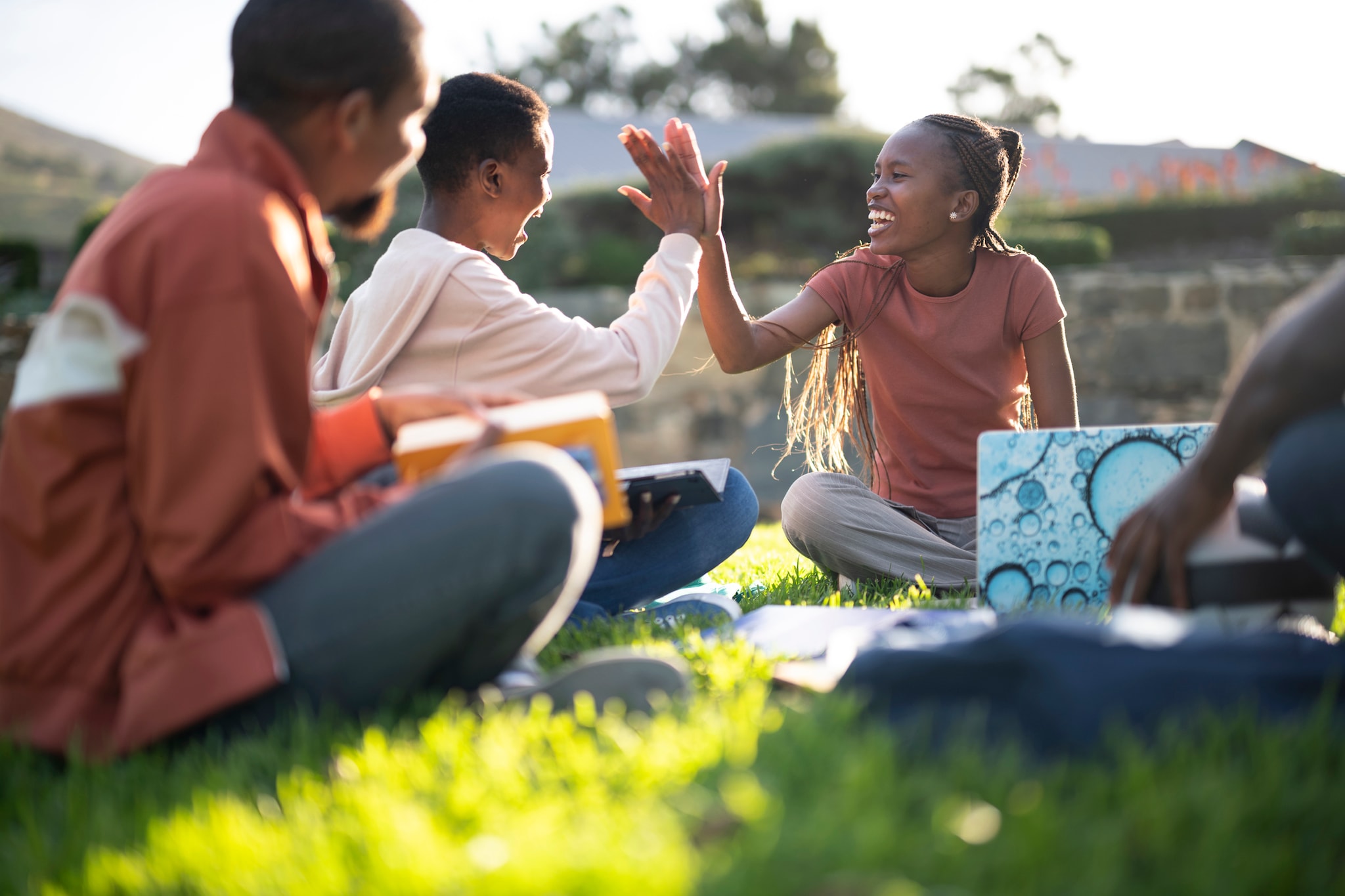Key points
- Addressing the conditions in which we live, work, learn, and play can help prevent community violence.
- Community violence is preventable, and everyone has a role.

Overview
We all want what is best for our family, friends, coworkers, and neighbors. Sadly, many people experience violence that threatens their health, safety, and well-being.
Improving the conditions in which people live can help stop violence in communities. However, not everyone has the same access to resources to have a healthy and safe life, such as:
- Good schools
- Jobs that pay well
- Affordable food and housing
- Clean water, and
- Feeling like part of the community.
When we work together using proven approaches to prevent violence, we can help make our communities better.
Prevention
When adults in families and communities are supported to create safe, stable, and nurturing relationships and environments, kids and young adults do better and are less likely to experience violence. Positive social connections help families and communities stay healthy, laying the groundwork for the physical and mental well-being and future success of young people. This helps make communities safer and reduces violence. We can all work together to support families and communities and stop violence.
Parents and caregivers
A warm and supportive environment at home matters for young people's health and behavior. There are ways to help protect your family from community violence and help prevent young people from getting involved in risky behaviors. Parents and caregivers can:
- Form close relationships with your children and listen to them.
- Monitor what they're doing, set fair rules, and use consistent, nonviolent discipline.
- Engage with your child's teachers and encourage the importance of doing their best in school.
- Learn about healthy, age-appropriate child development and ways to positively communicate and resolve conflict.
- Build stronger relationships with your children with support from people who care about you and from your community.
- Securely store firearms (for example, in a gun safe or lock box) to prevent access by children and other unauthorized users.
Everyone
Whether you are a parent, teacher, coach, extended family member, neighbor, or community volunteer, everyone has a role in preventing community violence. Here are a few examples of possible activities:
Community organizations can engage community members and people who have experienced violence in prevention planning, implementation, and evaluation. They can help support street outreach programs and activities that focus on cleaning and maintaining vacant lots. They can also partner with schools to ensure students have safe routes to walk to and from school.
Schools can implement effective prevention programs that teach kids about communication, problem-solving, empathy, emotional awareness and regulation, conflict management, and teamwork. Schools can also use policies and programs that address unfair school discipline practices and teach coping and problem-solving skills.
Businesses can provide job training and employment programs for youth, offering opportunities to connect with mentors, gain work and leadership experience, and improve social skills.
Everyone can listen to youth and support them in reaching their goals and becoming engaged members of our communities. Appreciating young people's diverse backgrounds, abilities, and what makes them unique helps them feel valued and accepted. We all recognize that support and understanding is important to a young person's future success.
Everyone can volunteer for mentoring or after-school programs to support a young person's growth, skills, and academic success, including programs that affirm racial and ethnic identities, histories, and cultures. Everyone can also support efforts to:
- Create safe spaces that encourage positive community interactions such as improving lighting and fixing up empty lots.
- Adopt social, housing, educational, and economic policies that support kids and families and reduce violence.
- Make mentoring, education, apprenticeship, and leadership programs more available.
- Help people who are at risk for violence find organizations that offer understanding and support for trauma.
Public health practitioners, partners, and other professionals also play a vital role in preventing community violence. See Community Violence Prevention Resource for Action to learn more.
Treatment
Treating and addressing the harms of experiencing violence can reduce the short- and long-term effects of exposure to community violence. These effects can include physical, emotional, behavioral, and mental health consequences.
Treatment can lessen the harms of experiencing or witnessing violence. Treatment such as trauma-informed psychosocial support or counseling can help youth and young adults process traumatic experiences, manage trauma-related distress and grief, and develop effective coping strategies and skills.
Treatments can also focus on those at-risk for perpetrating violence, such as therapeutic interventions for young people with histories of experiences with violence or crime. They support the development of social and problem-solving skills, provide therapeutic services to address behavioral and emotional issues, offer families therapeutic services to improve communication, reduce conflict, and enhance parental guidance and supervision of youth.
Resources
These are a few evidence-based resources that can help address the behaviors and conditions that contribute to the risk for community violence:
- Early Head Start: These programs are designed to nurture healthy attachments. Services encompass the full range of a family's needs from pregnancy through a child's third birthday.
- Coping Power: This intervention for children and young teens at high risk for experiencing or perpetrating violence has resulted in significantly lower rates of aggressive behavior, parents’ lack of support, and youth substance use among participating families.
- The Incredible Years®: Designed for parents, teachers, childcare providers, and counselors, this program promotes social-emotional learning and academic skills and reduces disruptive behaviors at home and at school among kids through age 12.
- Big Brothers Big Sisters of America: This well-known one-on-one mentoring program implemented in community and school settings across the country has been shown to reduce youth trying drugs and alcohol and engaging in physical fights. Other benefits included stronger academic performance and increases in trust of parents.
